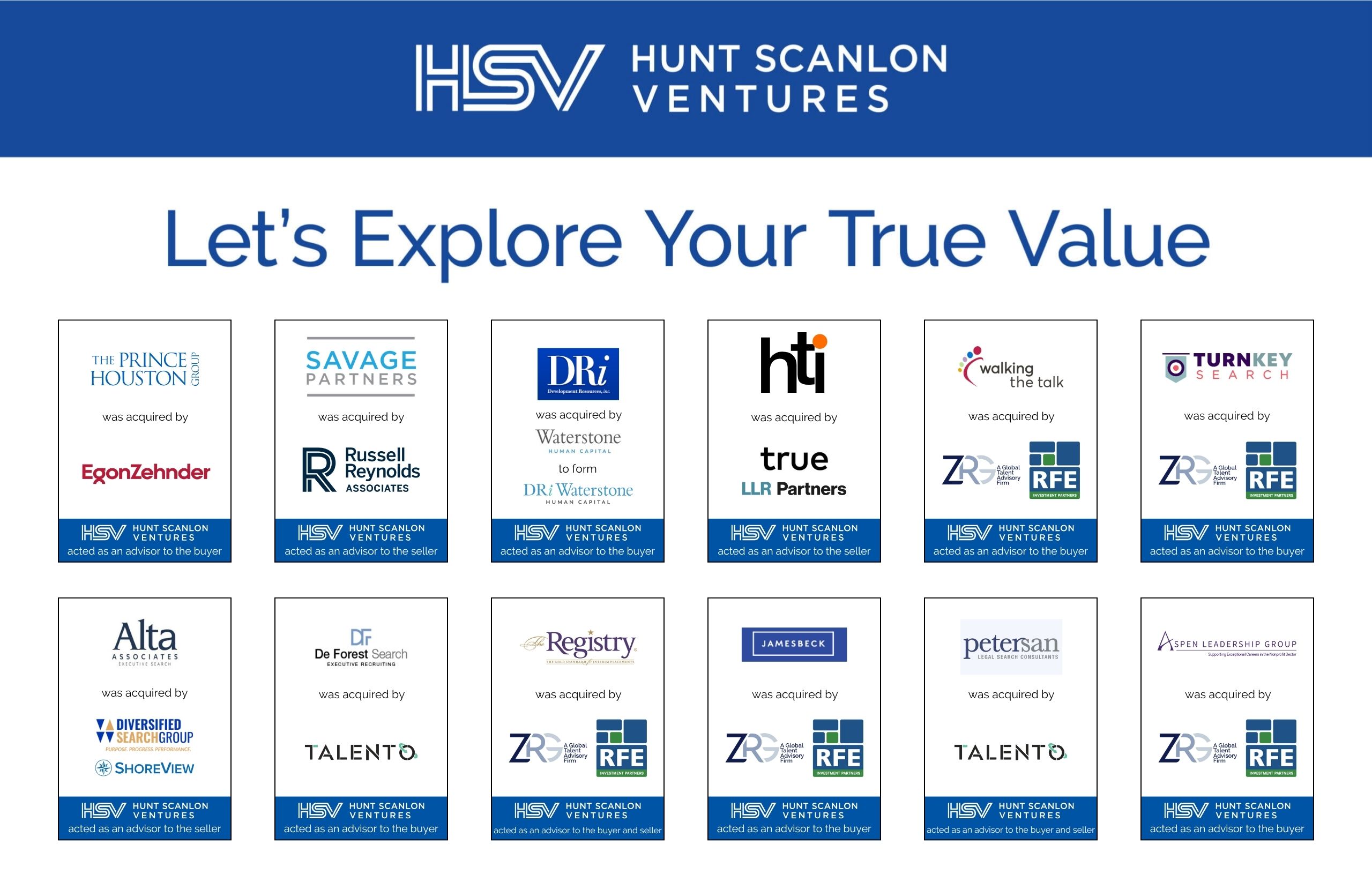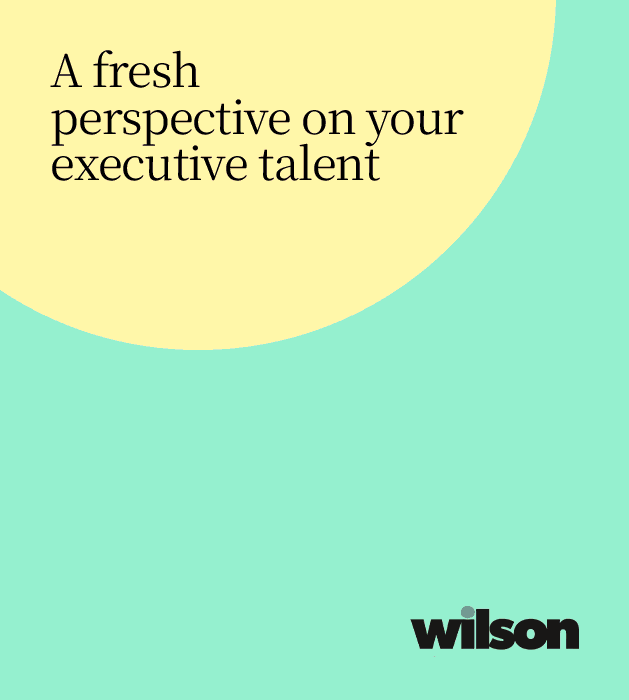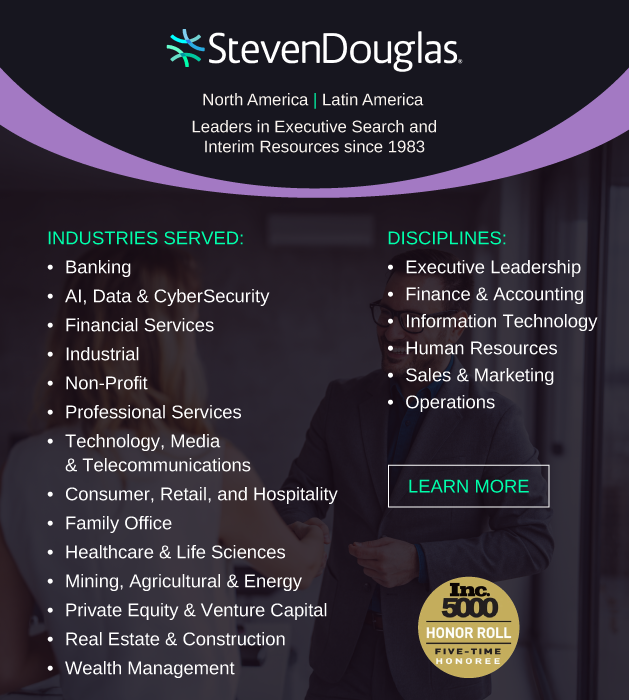As AI becomes deeply embedded across enterprise strategy, companies are being forced to reevaluate how they structure executive teams. Evan Berta, an associate at Hunt Scanlon Ventures, explores the rising demand for hybrid AI leaders, the cultural expectations shaping recruitment, and the new leadership roles that will define the next decade.
Riviera Partners’ new report, ‘State of AI Leadership: Roles, Skills and Hiring Strategies Driving an AI-Forward Future,’ details the organizational shifts underway as AI moves from experimental to essential. The report outlines a new leadership framework for companies ready to operationalize AI across strategy, product, and infrastructure.
Kyle Langworthy, a partner and head of the AI/ML/data practice at Riviera Partners states, “The success of your company’s AI initiatives hinges on your ability to identify, secure, and keep the right leaders…”
That makes AI not just a hiring issue, but a business imperative. Riviera’s data shows that while 75% of tech leaders now rank AI as a top-three priority, 63% say their biggest roadblock is finding and retaining AI leadership talent.
5 Archetypes for AI Leadership
According to Mr. Langworthy, the era of the single “AI executive” is over. Today’s organizations need multiple leadership archetypes to turn investment into impact.
“Riviera’s data shows that while 75% of tech leaders now rank AI as a top-three priority, 63% say their biggest roadblock is finding and retaining AI leadership talent.”
“AI leaders must bridge the gap between innovation and execution, balancing technical ability with strategic vision,” Mr. Langworthy said.
Riviera identifies five key profiles: the Visionary Strategist, Technical Builder, Operational Leader, Data Evangelist, and Ethical Guardian. These roles are not interchangeable, but often overlapping. In fact, 70% of the AI leaders placed by Riviera Partners last year embodied more than one archetype.
From Hiring a Leader to Building a Team
The report urges companies to stop looking for a unicorn hire and instead build a capable AI leadership team. That includes functions like Chief AI Officer, Director of AI Operations, Chief Ethics Officer, and Embedded AI Teams across business units.
“An exceptional AI leadership team doesn’t just oversee technical projects; it is the engine that drives innovation,” said Mr. Langworthy.
This shift in org design also reflects a deeper change: AI is no longer siloed in R&D or engineering. It is,instead, a cross-functional driver of value.
What AI Leaders Want
Hiring elite AI talent now requires more than a compensation package. “Remote, hybrid, or on-site options are no longer perks, they’re baseline expectations,” Mr. Langworthy noted.
“Silo AI leaders into technical roles without broader influence, and you risk alienating top talent.”
And while flexibility is table stakes, so is access to unique datasets, autonomy, and a culture of experimentation. According to Mr. Langworthy, “Companies stuck in rigid structures often lose top candidates before the first interview even ends.”
Equally important is influence. AI leaders want to see their work tied to outcomes, not confined to ‘science projects.’ As Mr. Langworthy put it: “Silo AI leaders into technical roles without broader influence, and you risk alienating top talent.”
Defining the Winners
As companies integrate AI into their core strategy, success will depend not just on the talent they hire, but the environment they build around that talent.
“Staying competitive in the fast-evolving AI landscape requires agility and collaboration,” said Mr. Langworthy.
Companies that win in this space are eliminating unnecessary barriers to decision-making, accelerating hiring cycles, and fostering close alignment between technical and executive teams. That speed signals to candidates that leadership values innovation, and that their role will have influence.
Article By

Evan Berta
Evan Berta is an Associate at Hunt Scanlon Ventures, specializing in data analysis, market mapping, and target list preparation. He plays a critical role in identifying and building out groups of firms in sectors of interest, including preparing strategic overviews of top potential targets for acquisitions. Evan’s analytical expertise supports the firm’s sourcing initiatives, particularly in identifying niche and emerging market opportunities, and delivering actionable insights on tight timelines.






